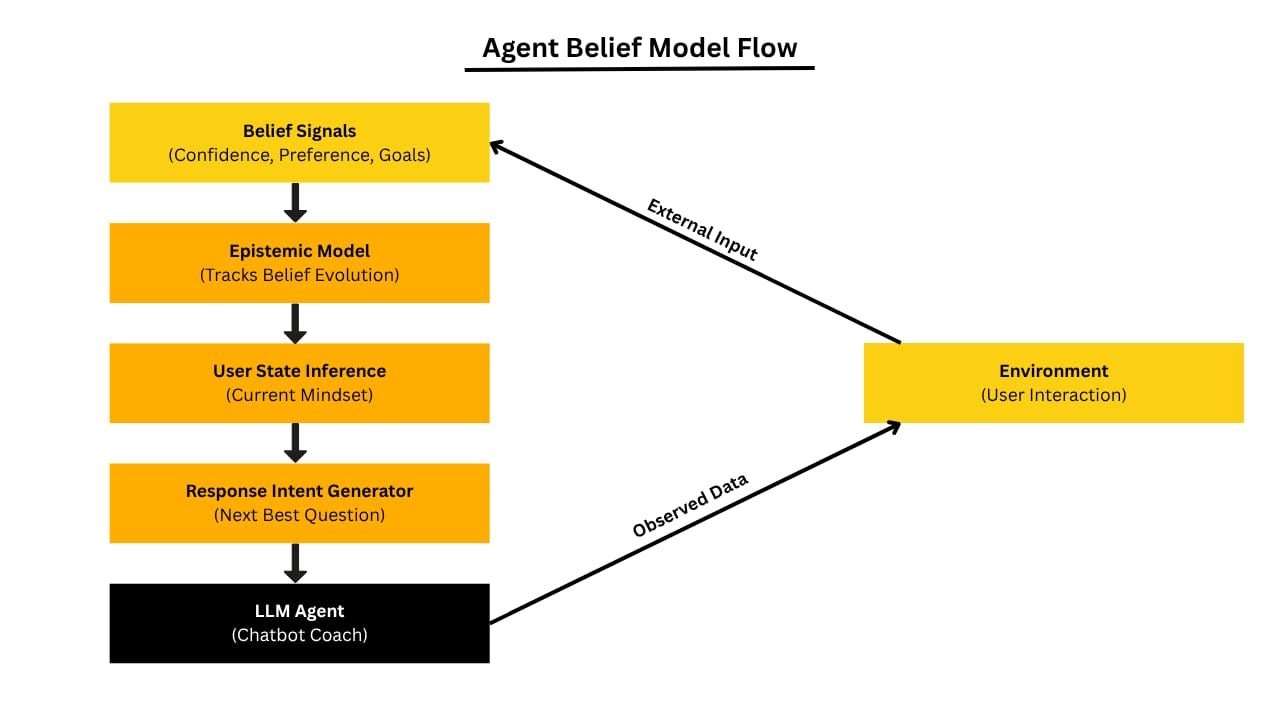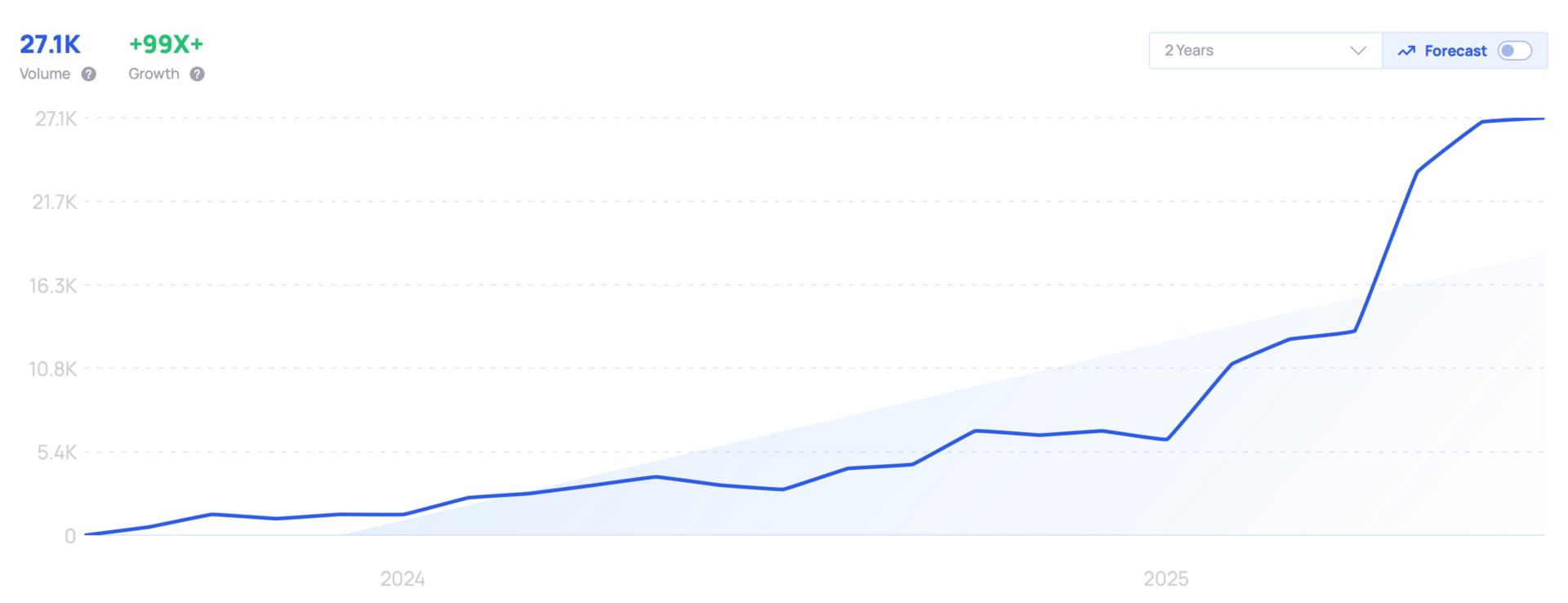Welcome to Homebase AI - A weekly newsletter where we share our
interviews with founders & leaders building next-gen AI companies
and curate interesting news, insights & trends in the AI space for
our community members.
What’s on tap today:
-
Listen It
-
Our interview with Robert Ta
-
Weekly Headline Recap
-
What's trending in AI this week
-
Community Update
-
How Homebase Helps You
🎙️ This Week’s Interview
AI Founder Story
You Can’t Build Personalized AI Without Modeling This First
Quick Background
Robert Ta is the co-founder of Epistemic Me, an open-source SDK that helps AI agents become truly personal. Instead of surface-level preferences, it models users' belief systems — how they see themselves, their goals, and the emotional context behind their decisions.
Most AI agents give everyone the same advice.
But what if your AI could ask the next best question, tailored to your user’s mindset, confidence, and past attempts? That’s the idea behind belief-based personalization, and Epistemic Me is making it real — starting with health, longevity, and mental wellness.
In the interview, Robert walks us through how they brought this to life inside Brian Johnson’s “Don’t Die” app. Instead of giving generic longevity advice, Brian AI now adapts to whether you believe you can stick to a habit, your past failures, and your current mental model — and evolves with you over time.
🧠 How Belief Modeling Shapes Personalized AI Responses

Key Achievements & Insights:
-
"Personalization is a function of alignment." Epistemic Me doesn’t just track what users say — it models how they perceive themselves and what they believe to be true at any point in time.
-
Used in the wild: Already integrated into Don’t Die, the AI longevity coach from Brian Johnson, tailoring recs to each user’s beliefs about diet, stress, and biology.
-
Who’s it for?
Devs & PMs building LLM agents in personalization-sensitive domains:– Health & longevity
– Mental wellness
– Finance & coaching tools
(Anywhere “bad advice” breaks trust.)
-
Open-source and dev-friendly: Think of it as “Linux for belief systems” — a self-hosted, flexible container that evolves belief models over time based on user interactions.
-
What makes it different? Robert’s team blends neuroscience, epistemology, and AI. This isn’t just prompt-tweaking — it’s a philosophical, data-layer shift for truly personalized software.
-
Still early, but ambitious: No outside funding yet. But the vision is clear — be the open-source belief infrastructure that powers hyper-personalized AI at scale.
Watch the full interview below! 👇
The Ultimate Lesson
Most AI agents today personalize surface-level traits. Belief modeling is the move from shallow adaptation to true understanding. If your agent doesn’t know how users see themselves, it’s not personal — it’s performative.
If you’re building anything personalized — especially in health, education, or mental wellness — modeling what your users believe is no longer a nice-to-have. It’s core infrastructure.
The real opportunity isn’t just better recommendations — it’s trust, retention, and true alignment. Belief-aware systems like Epistemic Me give your product the context it needs to resonate — and retain.
🔗 Watch the full interview — and see why belief-aware AI might be the trust layer your product's missing →
HEADLINE ROUNDUP
Headline recap
-
TSMC Hits $1T on AI Hype
The chip giant joins the trillion-dollar club thanks to soaring AI demand.
👉 Inside TSMC’s big leap -
Greptile Raises to Kill Code Reviews
AI startup Greptile is gunning for a $180M valuation to automate code review.
👉 What that means for dev teams -
40% of US Doctors Use This AI
OpenEvidence just raised $210M to expand its GPT for doctors.
👉 Healthcare’s AI shift is real -
BrightAI Raises $51M to Power Real-World AI
From robotics to smart cities—BrightAI wants to bring AI off the screen
👉 How they’re doing it -
Trump Drops $90B AI Plan
A bold new push into AI and energy. The Genius Act is back.
👉 What’s behind the move
TRENDS
What's trending in AI
Coderabbit
-
Key Player: Founded by Harjot Gill and Gur Singh, backed by CRV and Engineering Capital.
-
Market Value: Raised $16M Series A in 2024, with total funding near $20M.
-
Adoption: Used by 6,000+ companies and 70,000+ open-source projects.
-
Recent Developments: Launched a free VS Code extension and added enterprise features like RBAC and coding guidelines.
Growth: Coderabbit has exploded with +99x search growth, reaching 27.1K monthly volume — making it the fastest-rising AI code review tool on GitHub Marketplace.
Why It Matters: It eliminates the code review bottleneck by offering fast, context-aware AI reviews, saving dev teams 50–90% of review time.
The Big Picture: As AI-generated code surges, tools like Coderabbit are becoming essential to ensure quality, scale code review, and empower developers to move fast without breaking things.

How Homebase Helps You
Discover tools, insights, and communities that help you build and scale your AI venture effectively.
Private Community
Private AI Founders & Executives Slack - Join our vetted community for exclusive insights & networking > Join Waitlist
Public Community
AI Enthusiasts Facebook Community - Join 1000+ founders sharing ideas & building in public > Join Super Founders
Product Development & Hiring
Building an AI product or need help Hiring? - Get advice on building AI products & scaling technical teams from > Here
Investor Database
Curated Investor Database - Access our continuously curated database of 40k+ active AI investors > Learn More
Join 10,000+ AI founders and leaders now reading our newsletter & part of our community.

